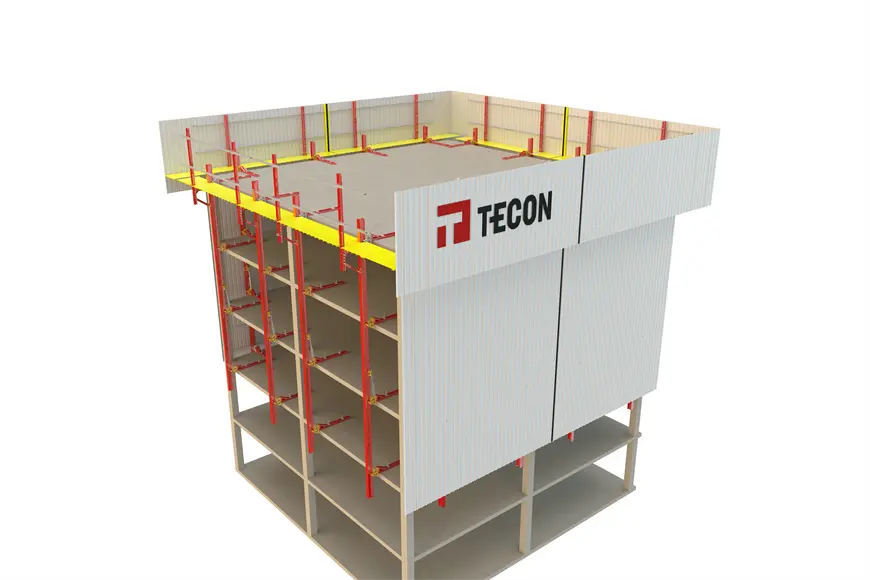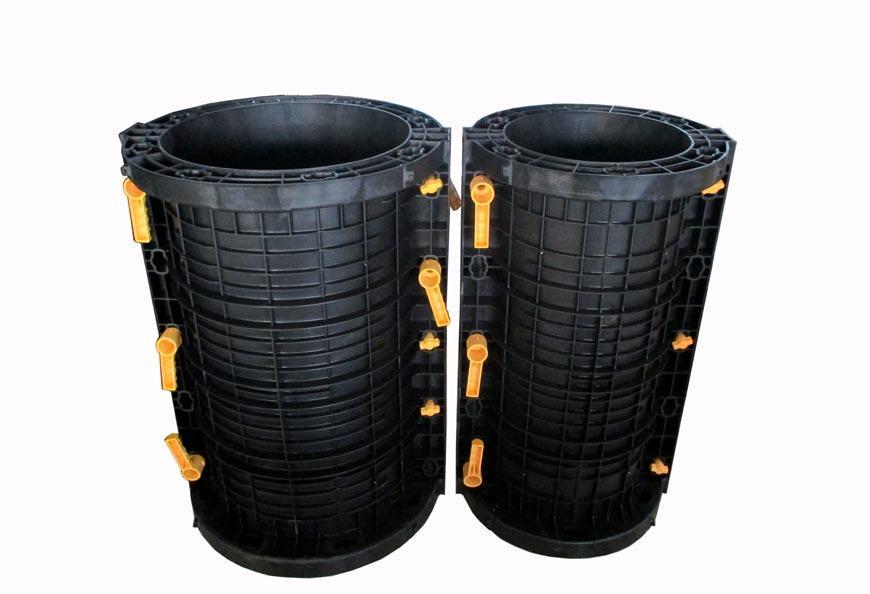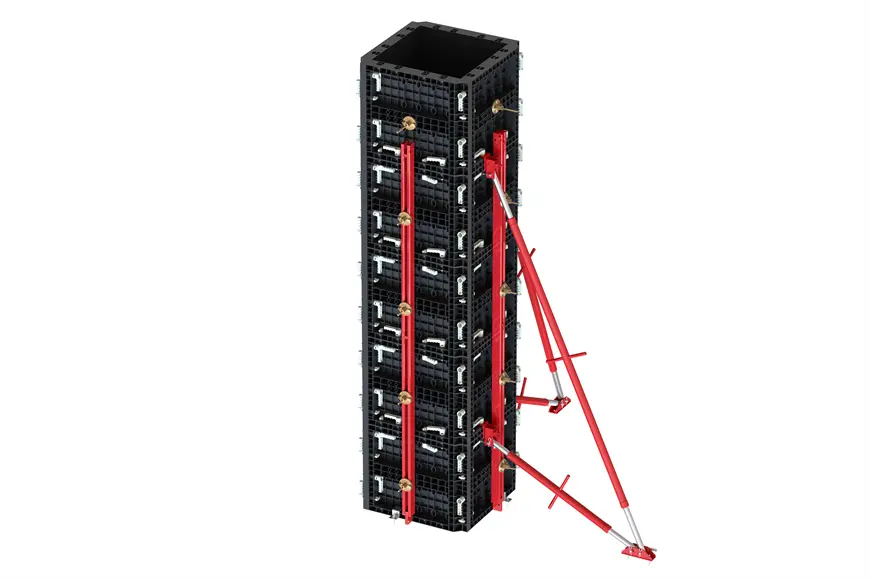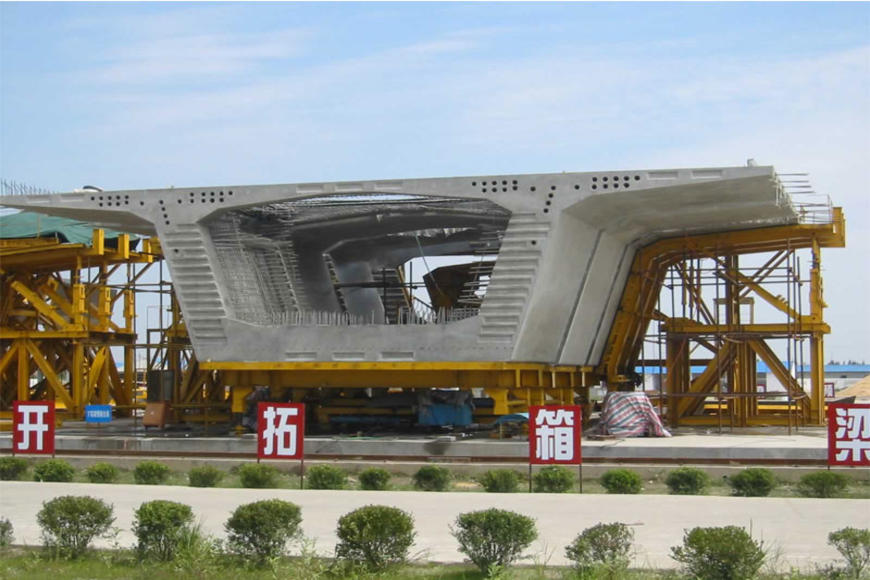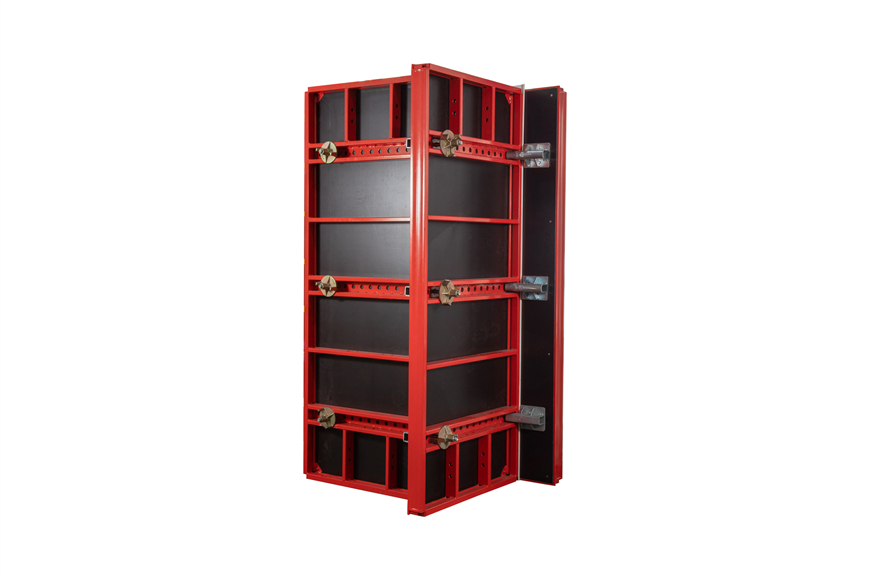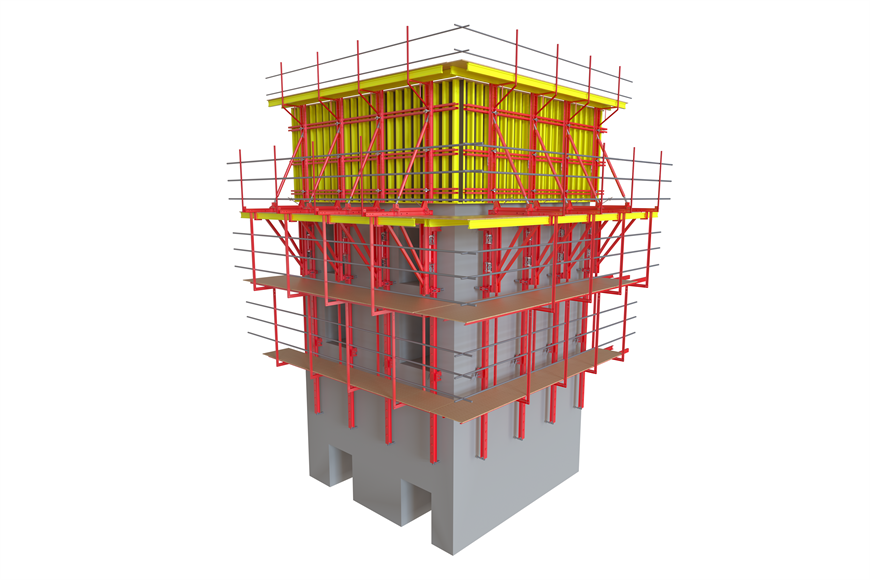When it comes to production, the thickness of steel formwork is a key consideration, as this factor directly affects the effectiveness of later construction use. Therefore, we need to pay attention to thickness control when choosing steel formwork for a specific bridge project. How can we control thickness? What should we pay attention to?
For the column form of bridge pillars, if a combined steel form is used, the panel should be controlled between 3-5mm, which mainly depends on the selection of steel used for internal and external rib plates and the spacing.
Due to the complexity of bridge construction, we need to require high stiffness and strength of the overall steel formwork to meet the different needs of bridge construction. Additionally, the steel plate must have strong compatibility. The section of pier steel formwork can be round, round-end, round-trapezoidal or hyperbolic, and the height is generally set at a multiple of either 1.52 or 0.5m.
The width of glue-laminated formwork used for building steel formwork is generally around 1200mm, the length is around 2400mm, and the thickness is around 12-18mm.
In summary, the thickness of steel formwork should be flexibly applied according to different situations, mainly based on the actual data of the bridge. Choosing an appropriate thickness can result in better effects during the later construction process, and improve the effectiveness of construction. In general, we need to pay attention to multiple factors when controlling the thickness of steel formwork.
The role of bridge building steel formwork is to allow concrete structures to be poured and formed according to the designed shape and size. Support parts and fasteners are used to maintain the spatial design position of the formwork. To ensure a long service life for bridge building steel formwork, it is necessary to follow standardized operations and achieve corresponding quality standards during the design process, considering different types of formwork systems. Each detail will affect the overall effectiveness of the formwork.
Complete safety accessories, safety facilities, and operation environments that meet operational requirements.
Self-designed formwork and its construction plans, operating procedures, and more must be approved by the chief engineer of the unit.
It needs to have sufficient strength, stiffness, and stability, to reliably withstand the construction loads specified in the formwork construction specifications and ensure that the deformation does not exceed the allowable range.
The installation and removal should be convenient and standardized, and special steel formwork with complex operational procedures should have corresponding operating procedures.
With the professional knowledge of TECON's research and development team from our formwork company, we will provide you with assistance on-site when necessary, and know that our solutions are always cost-effective. You can rest assured that from the first contact to the completion of construction, we are always there to support you. Welcome to inquire.
